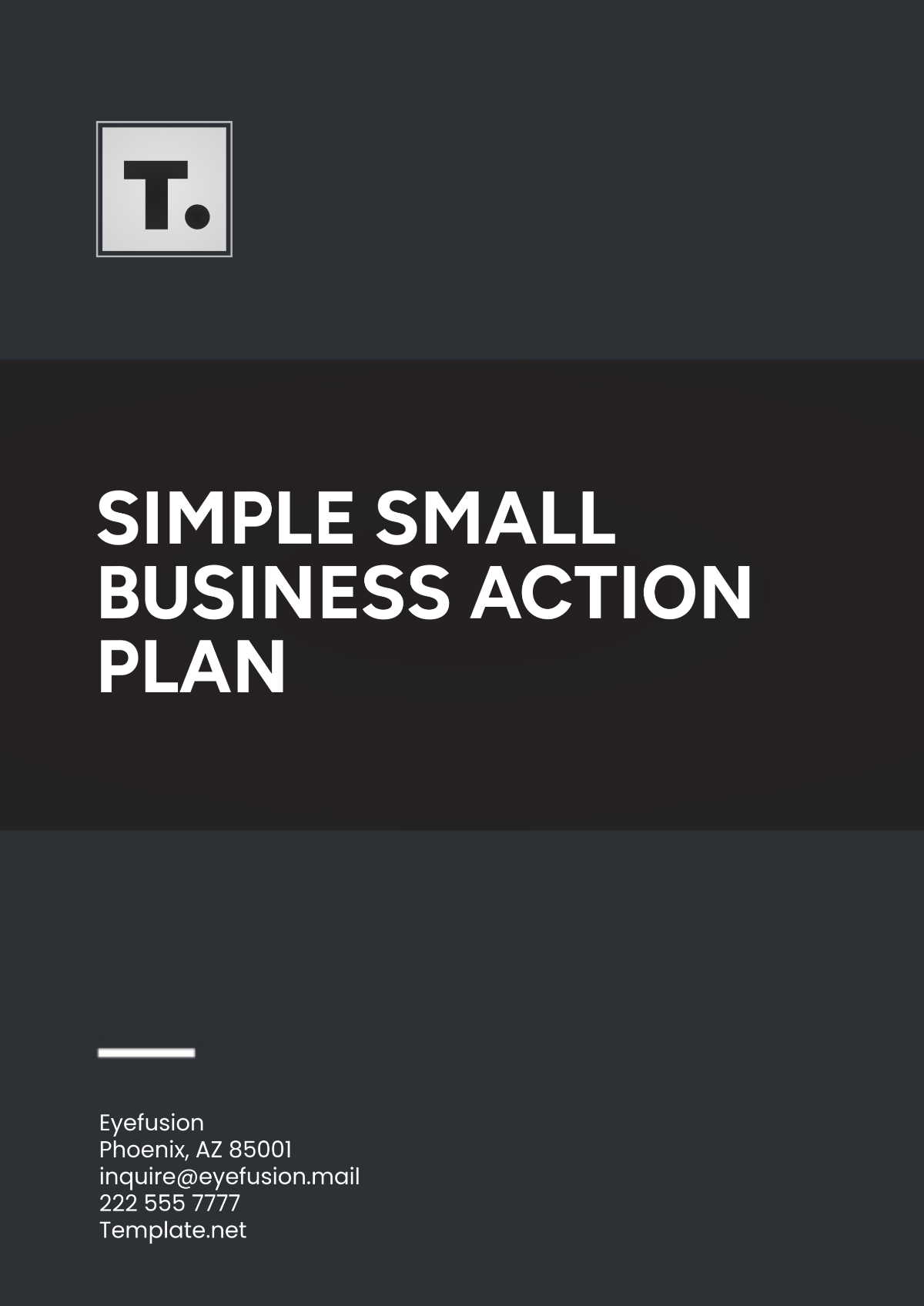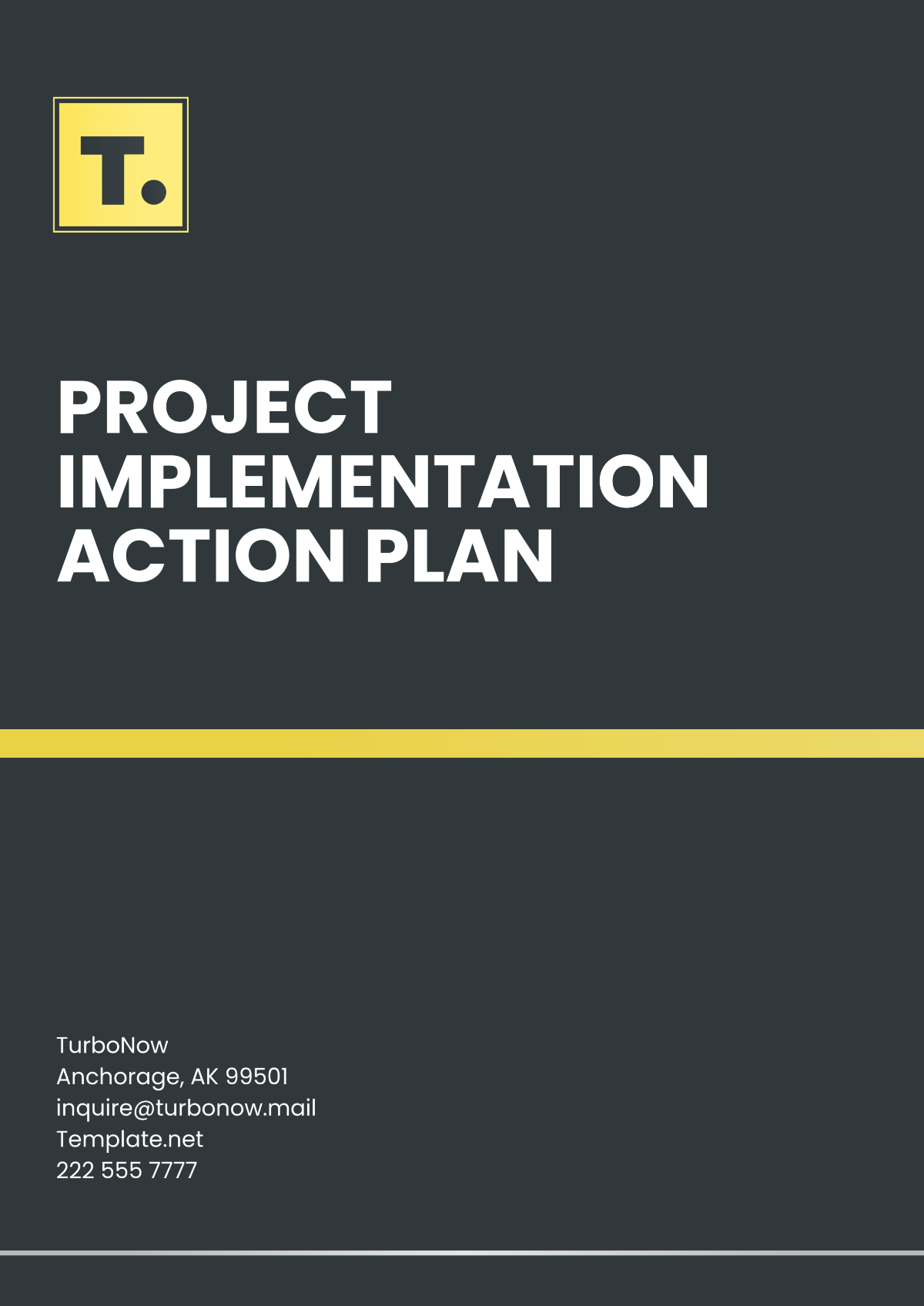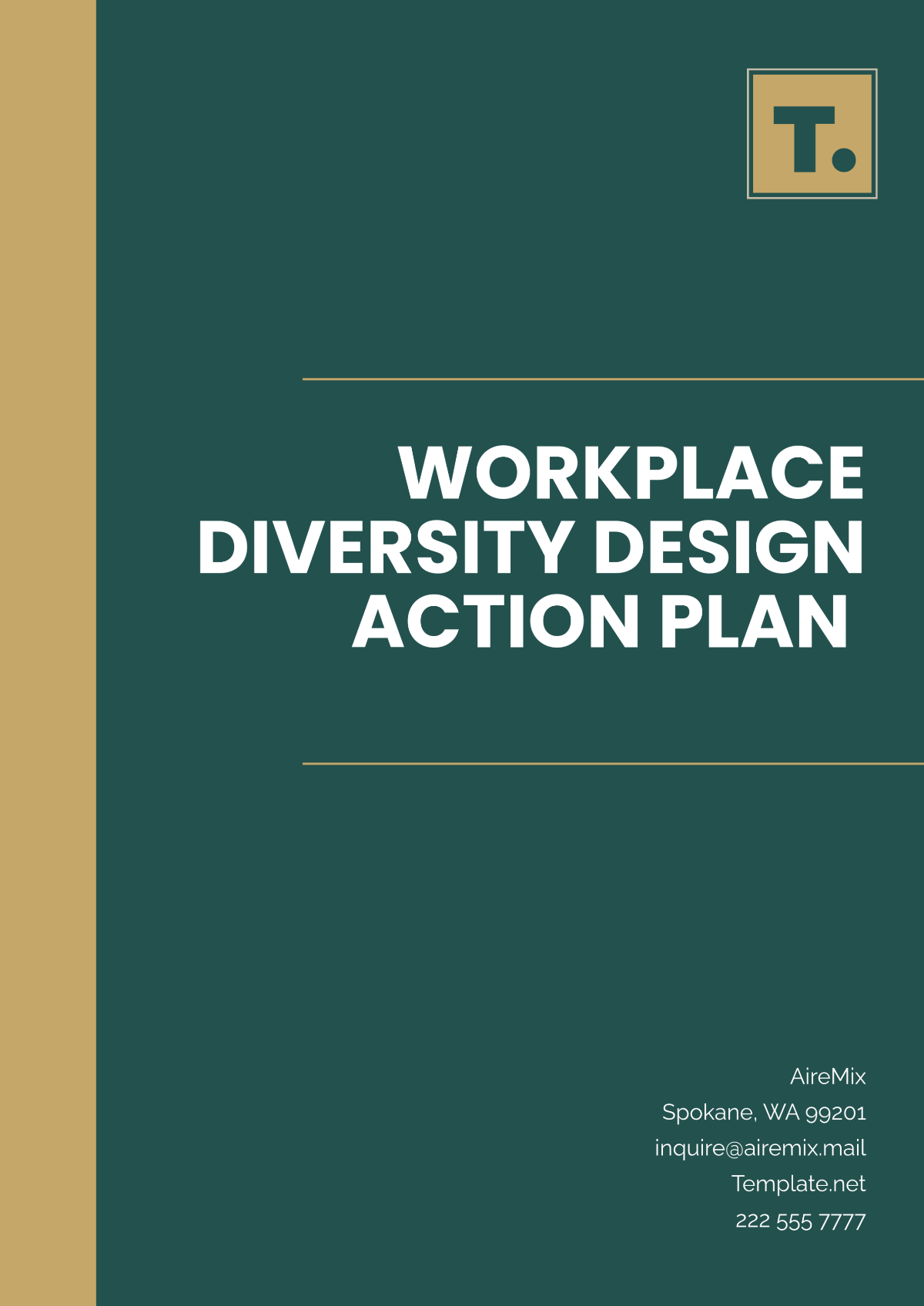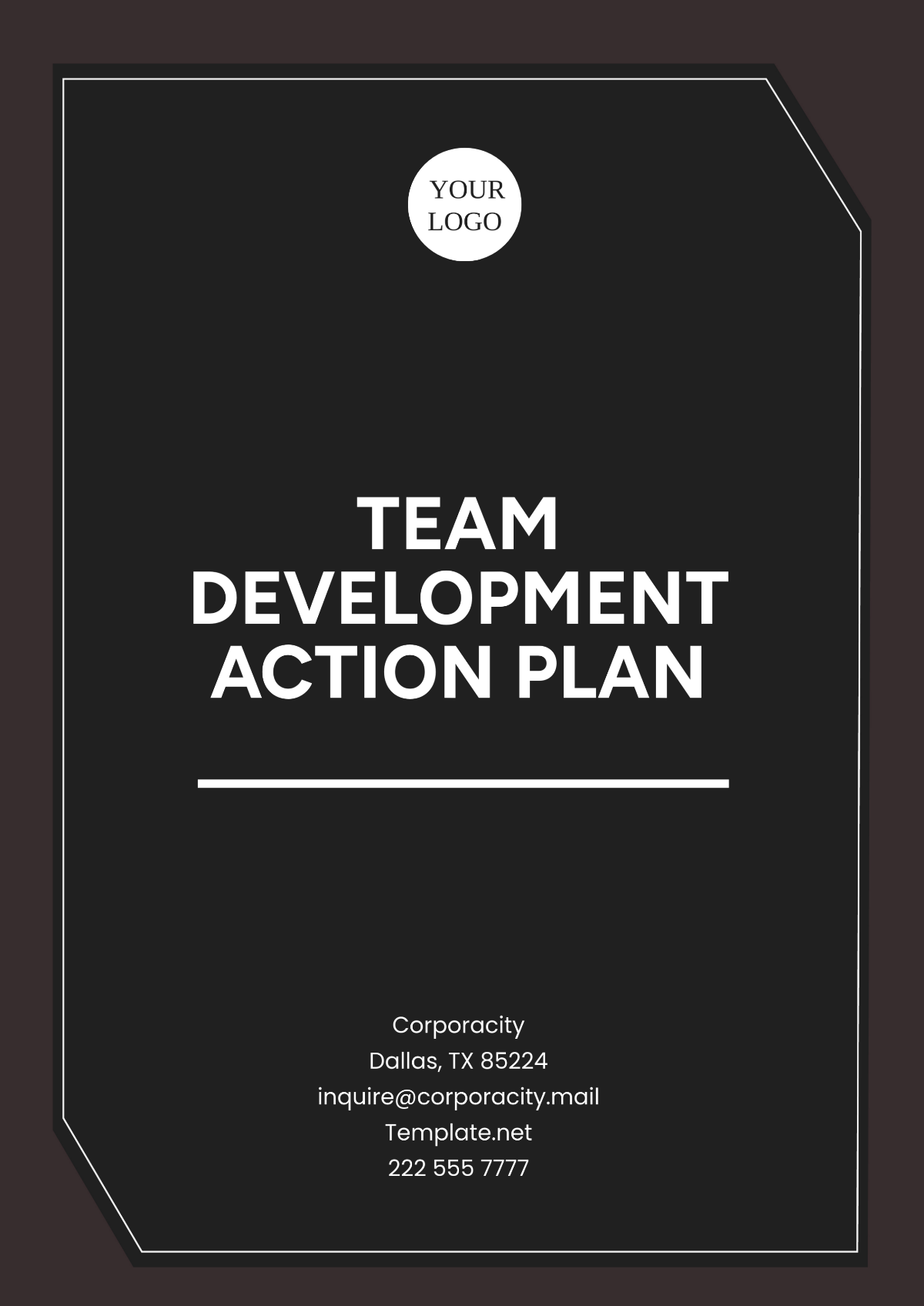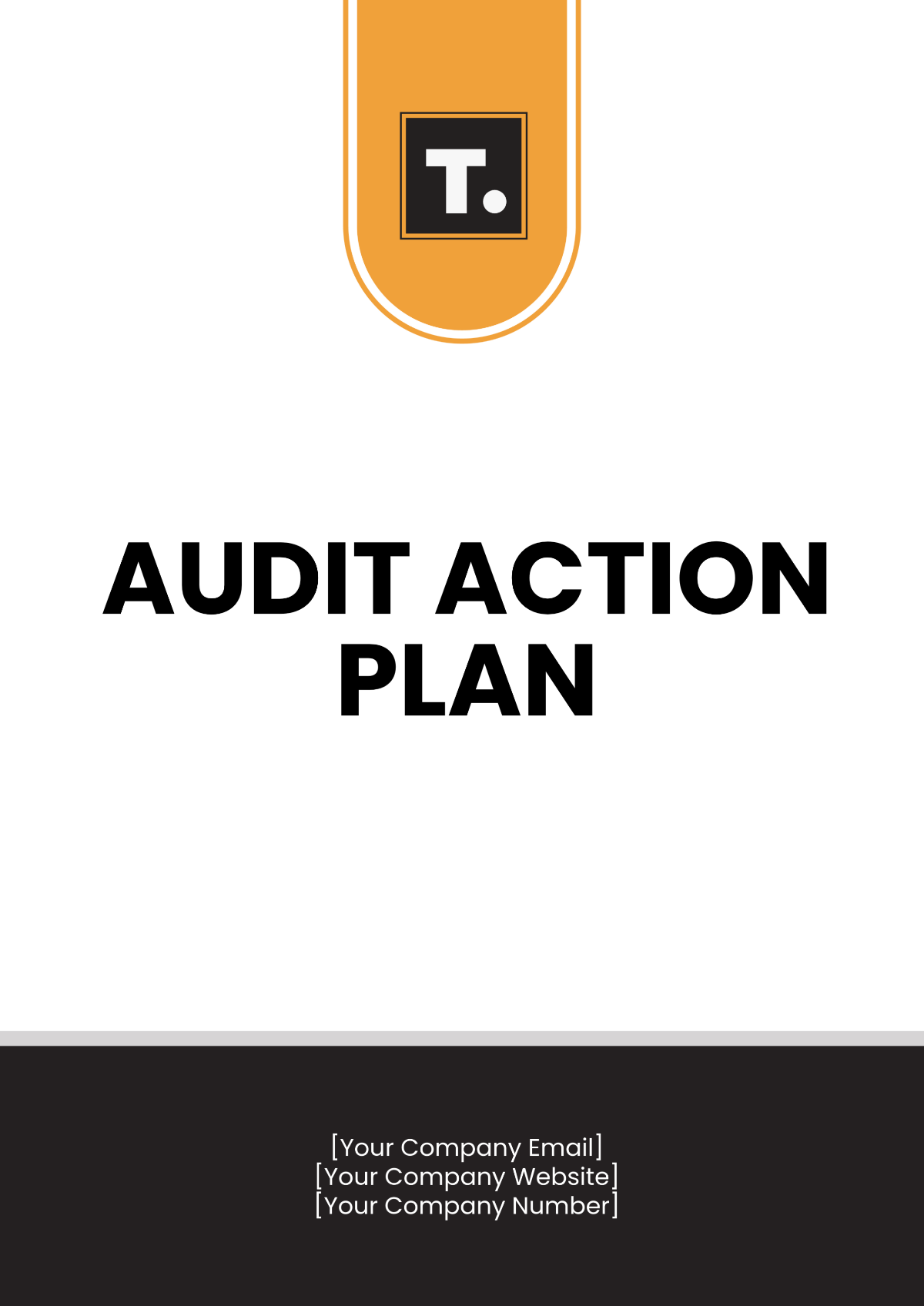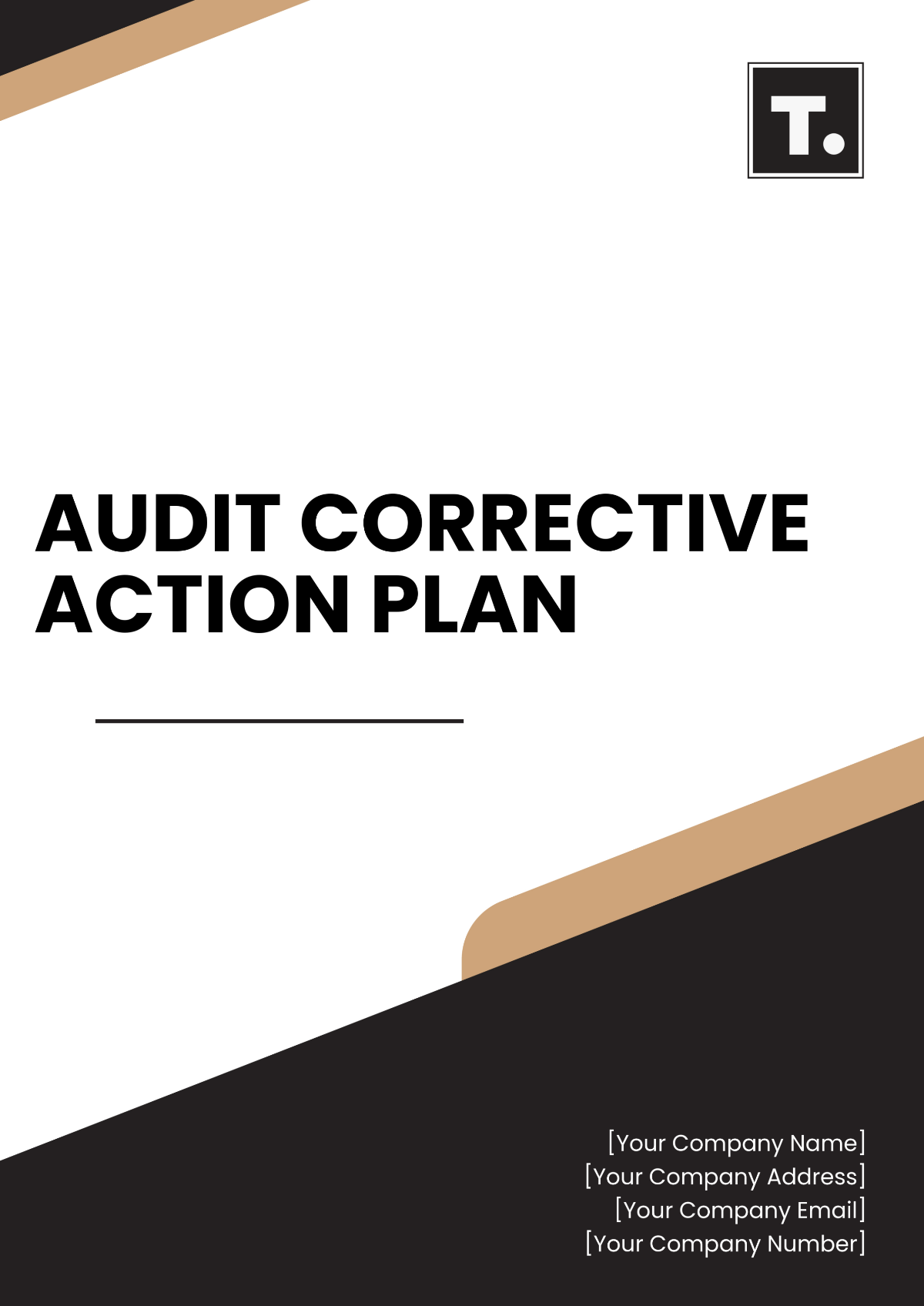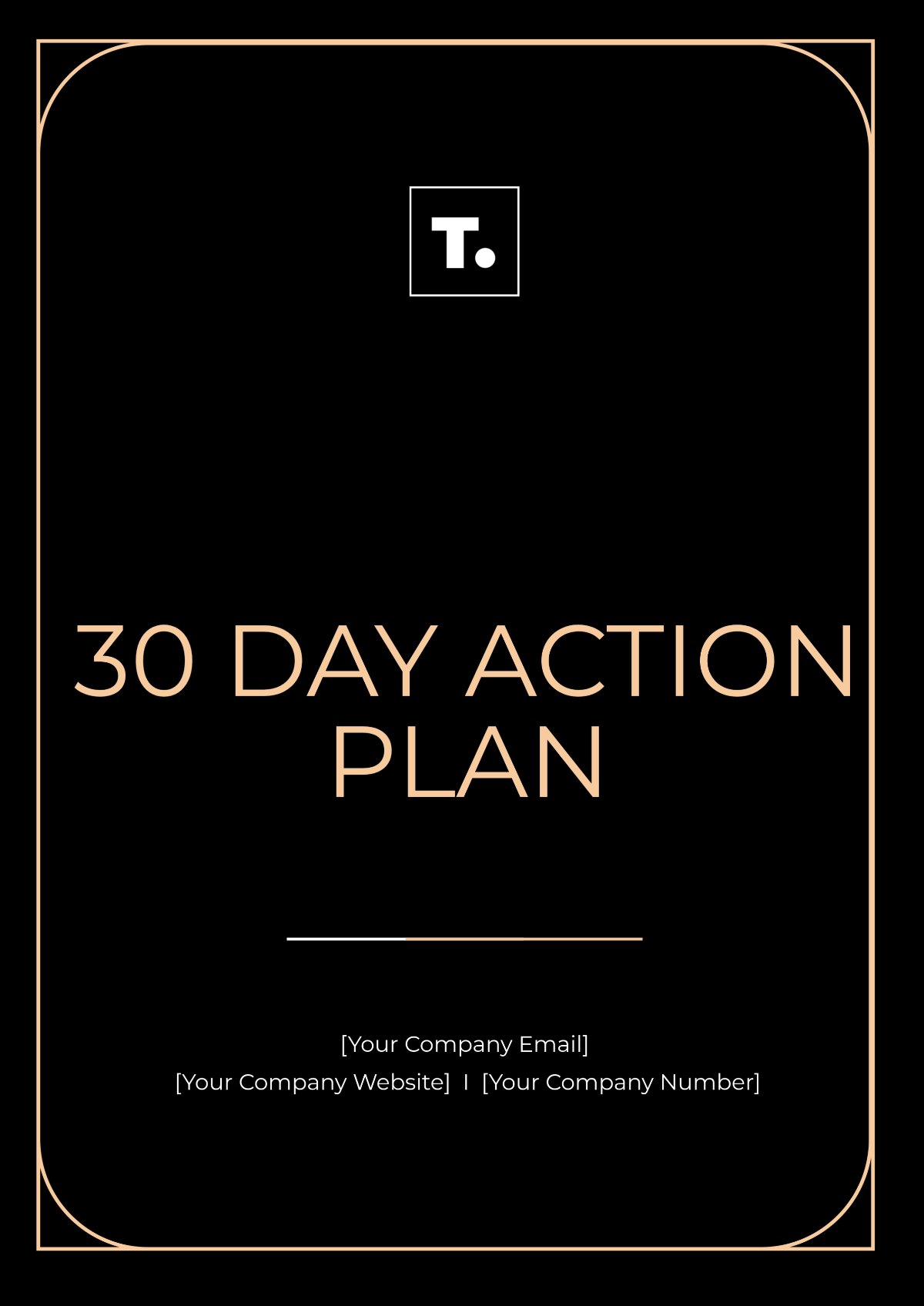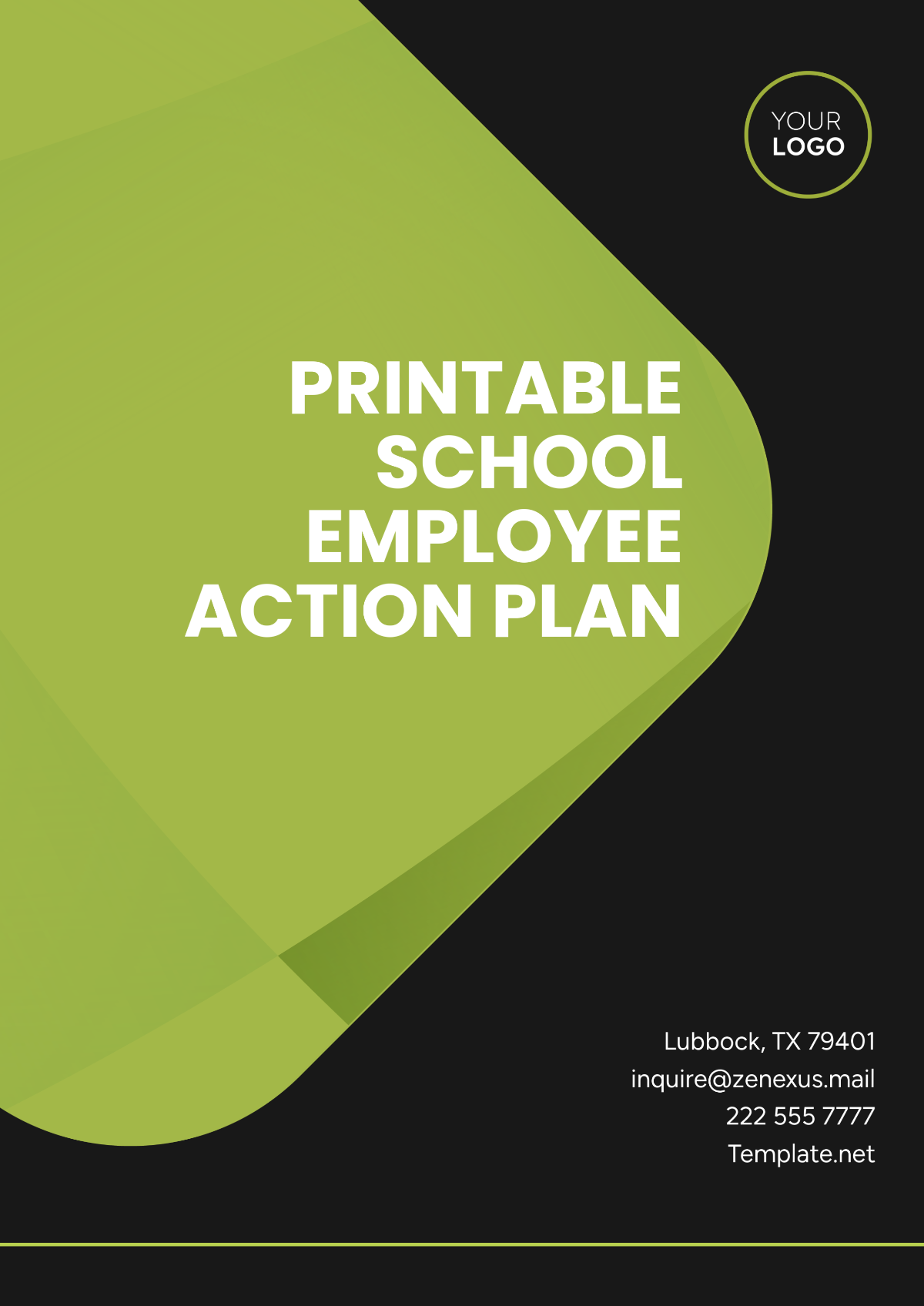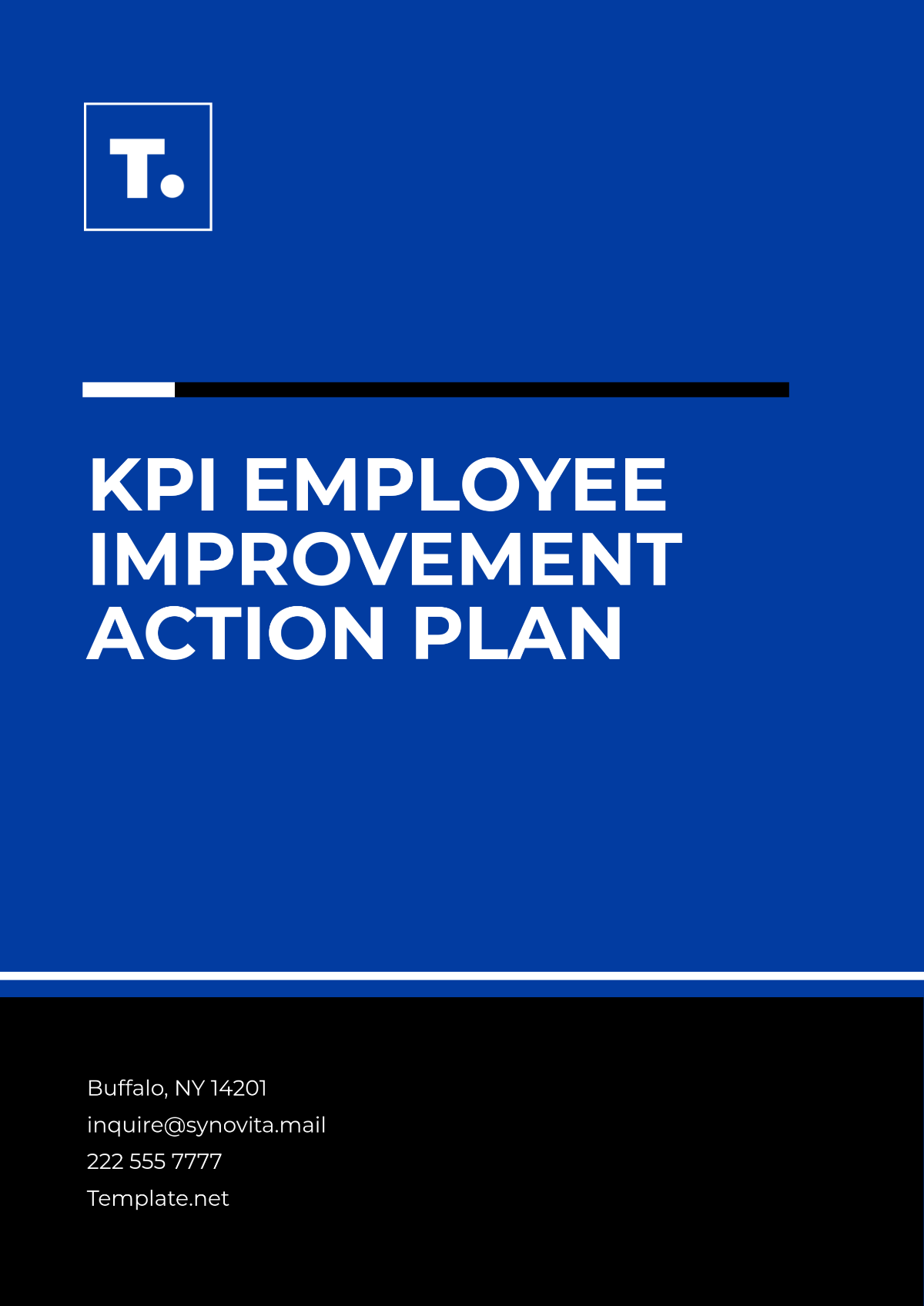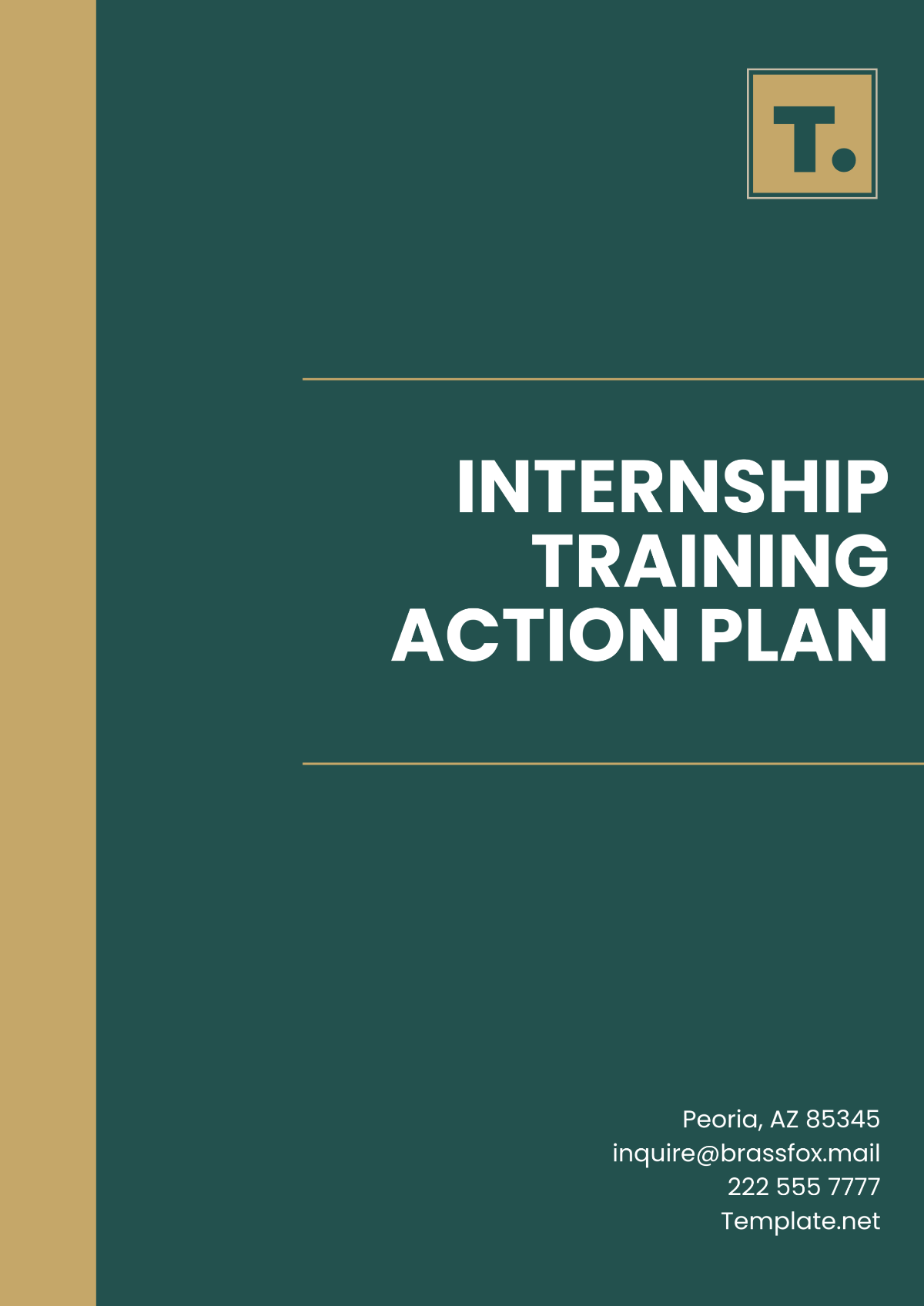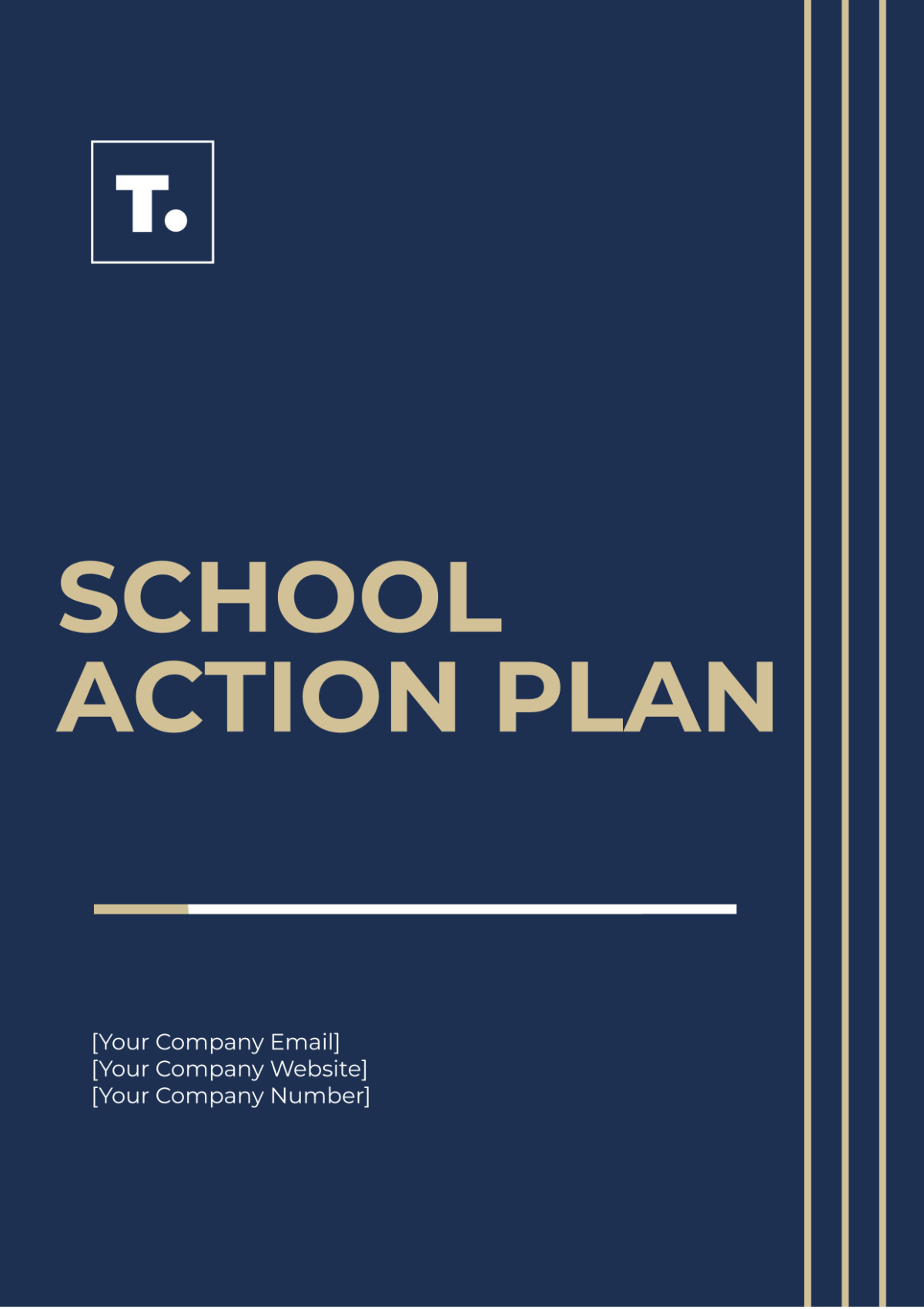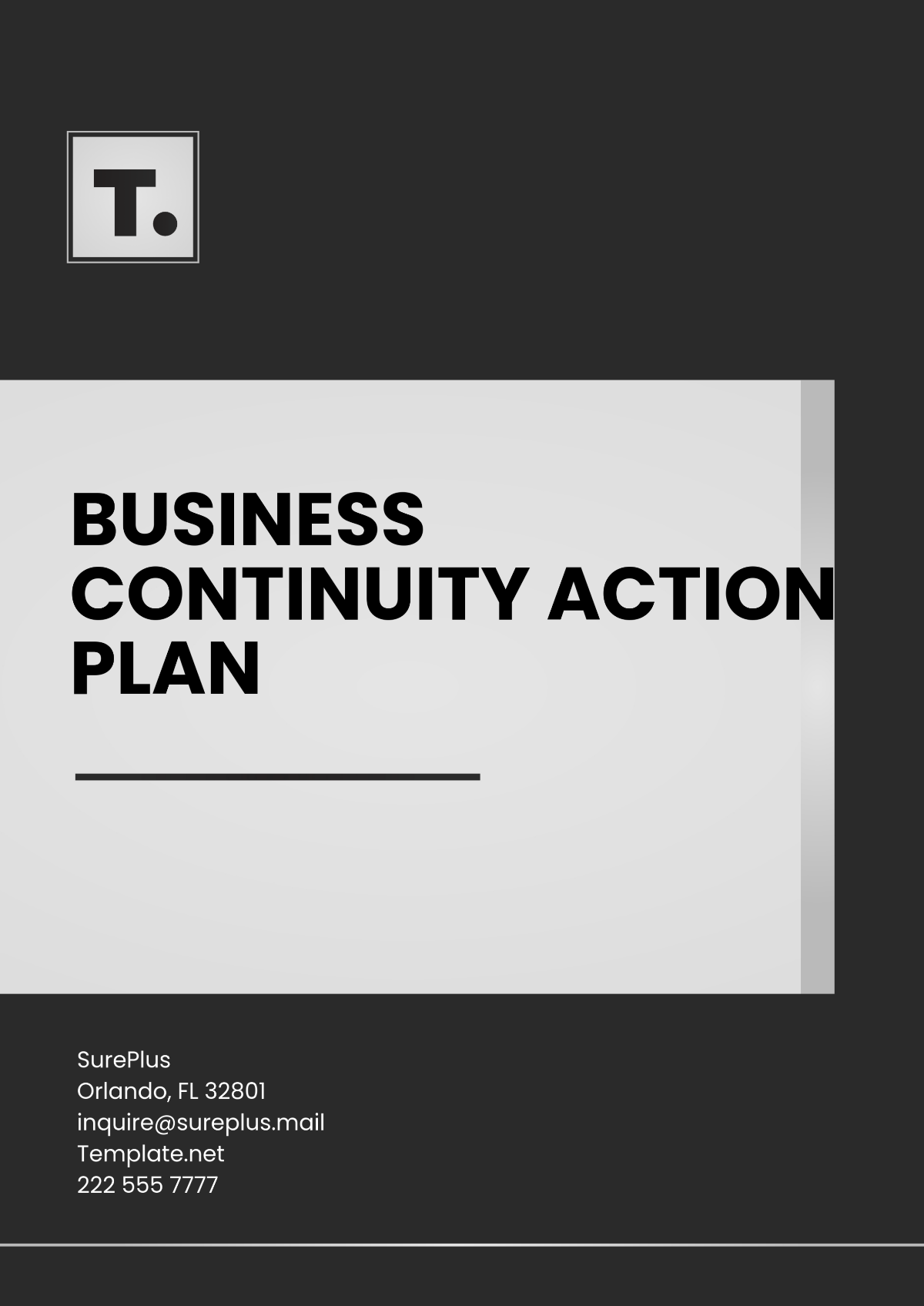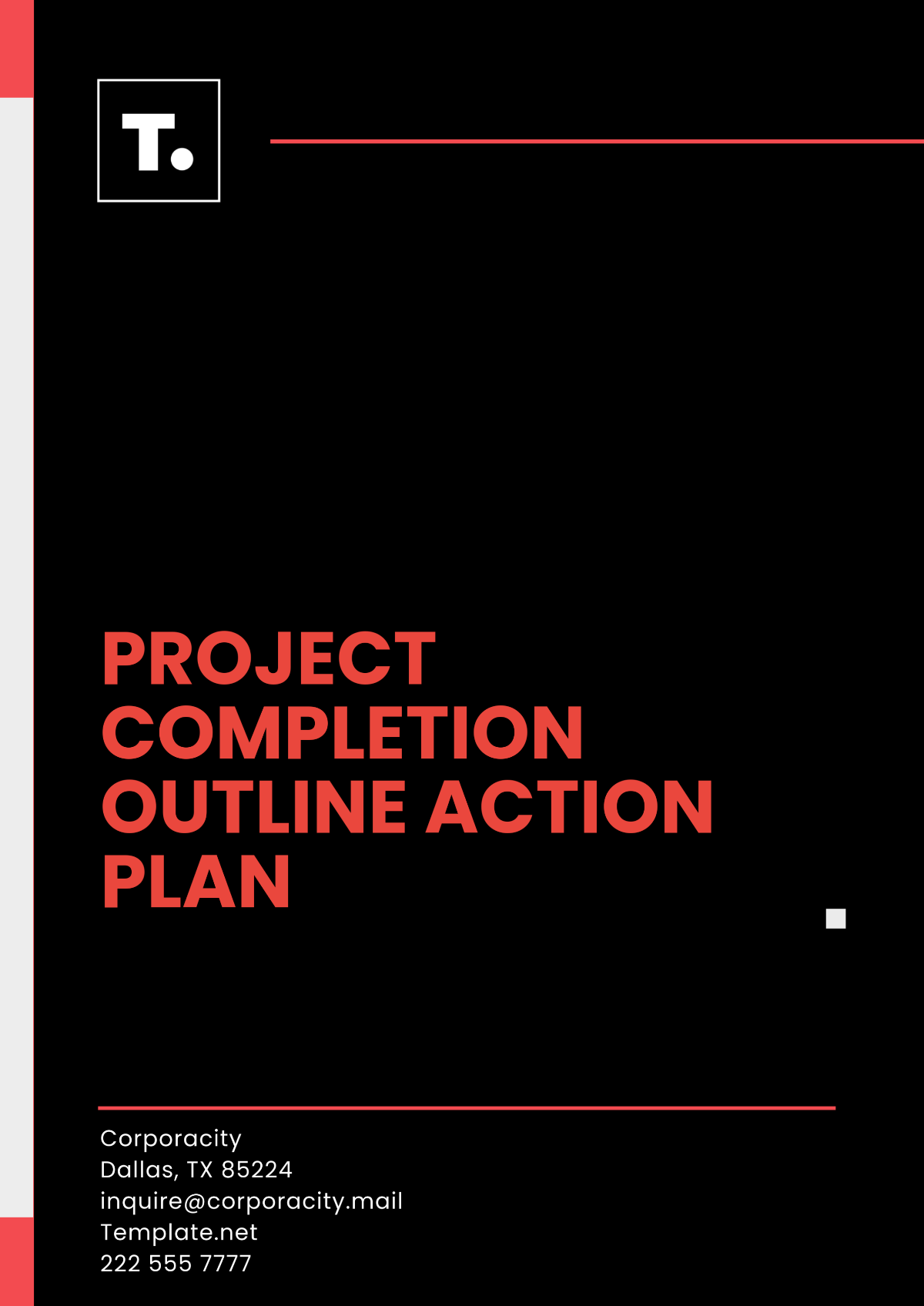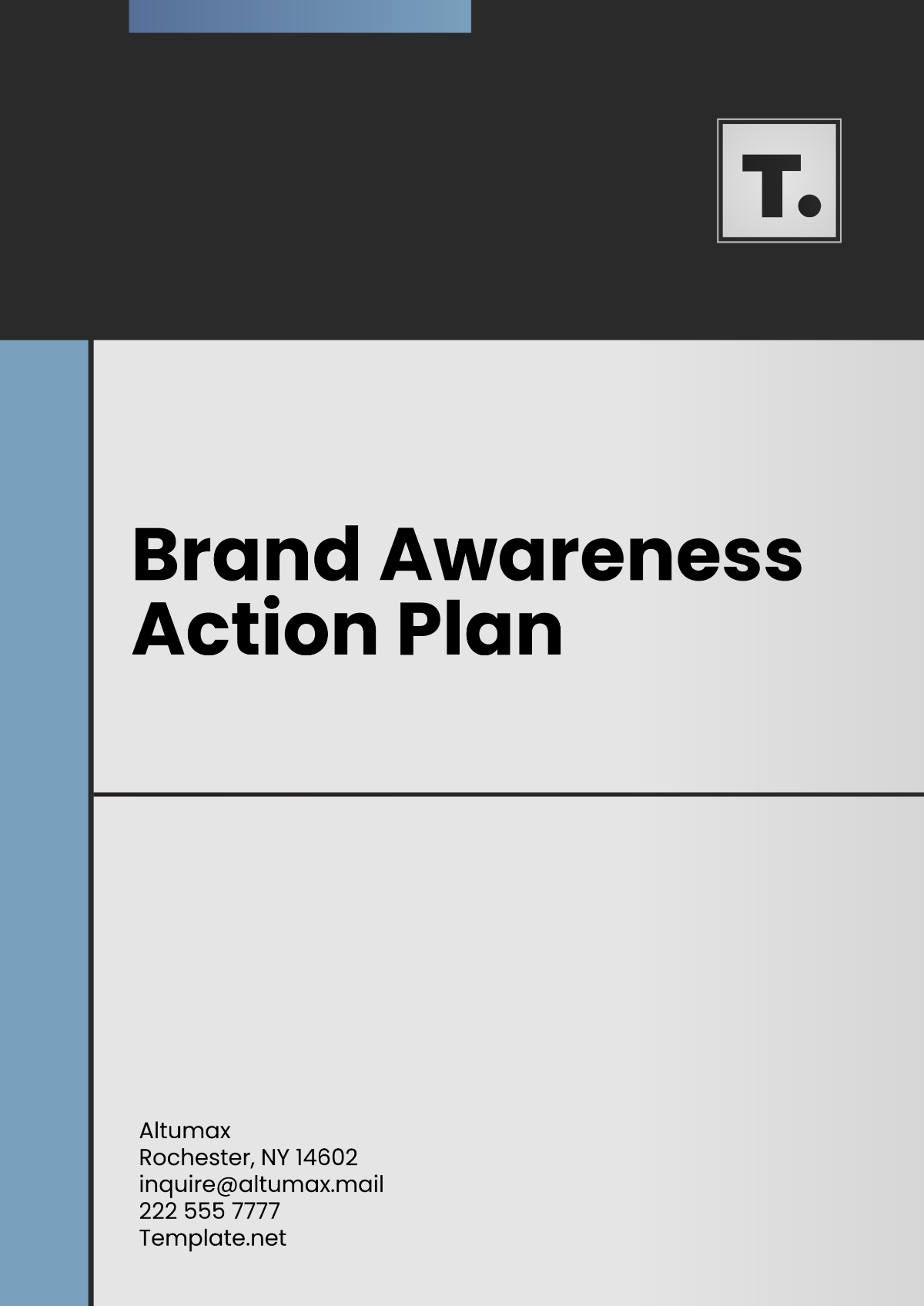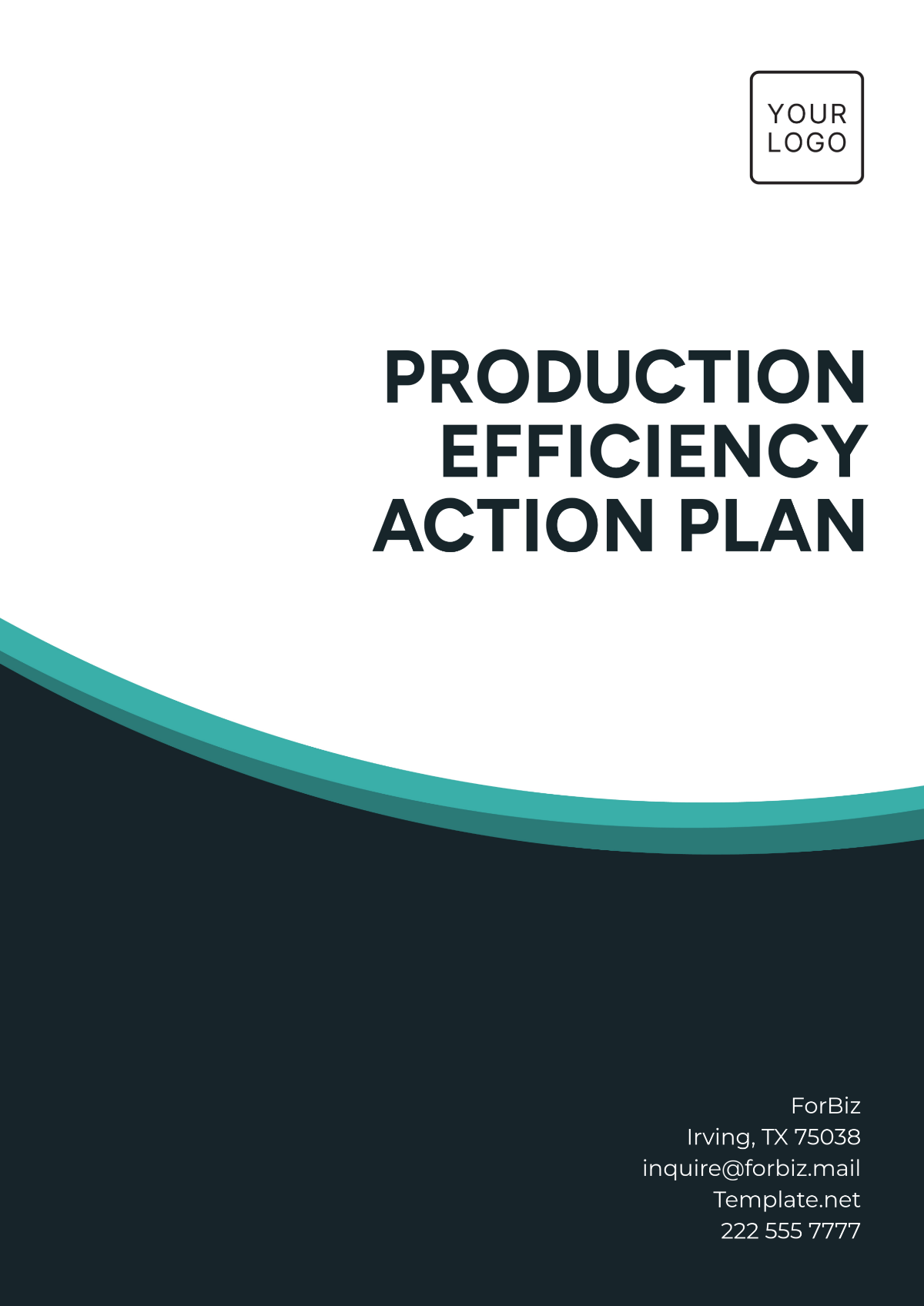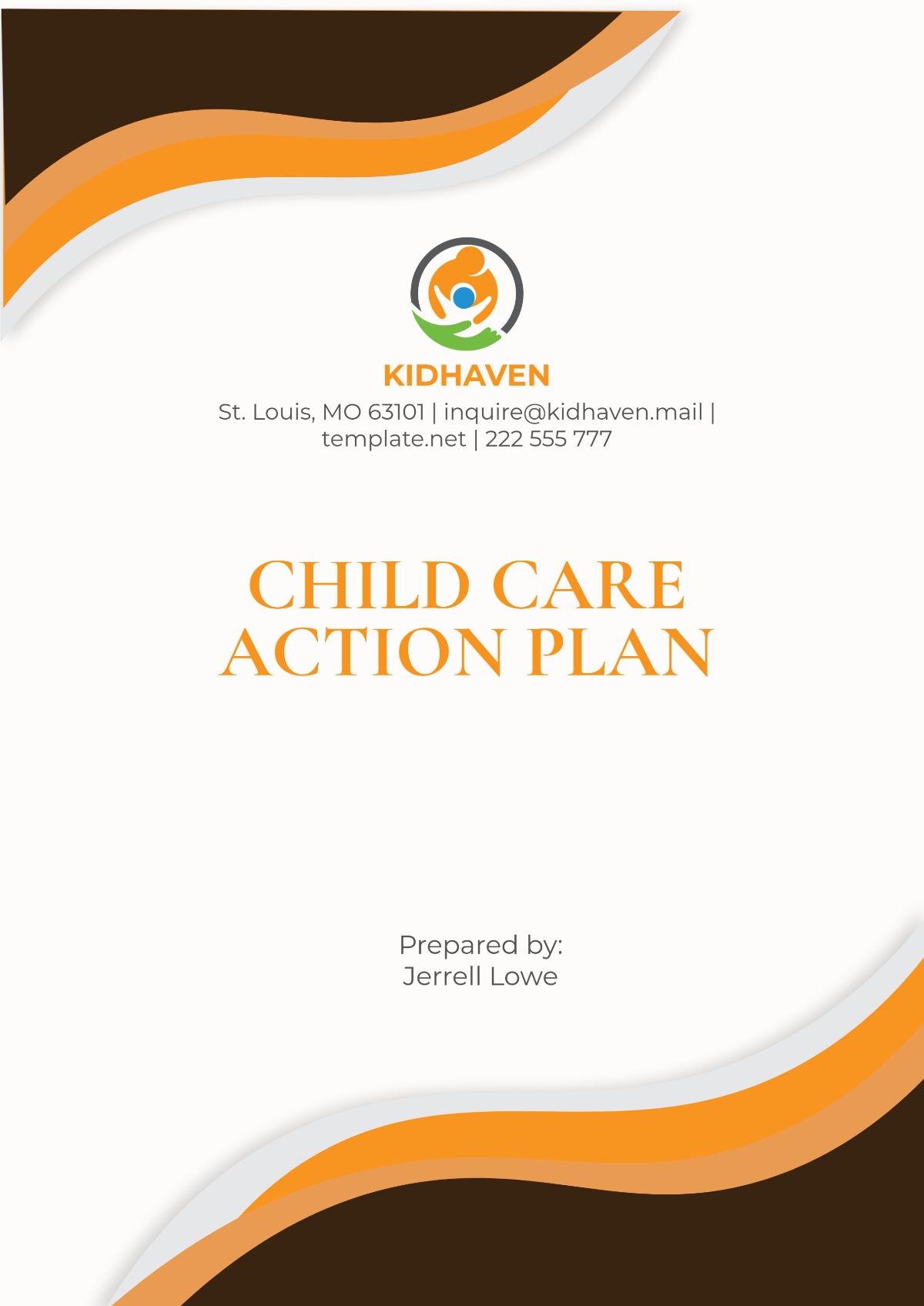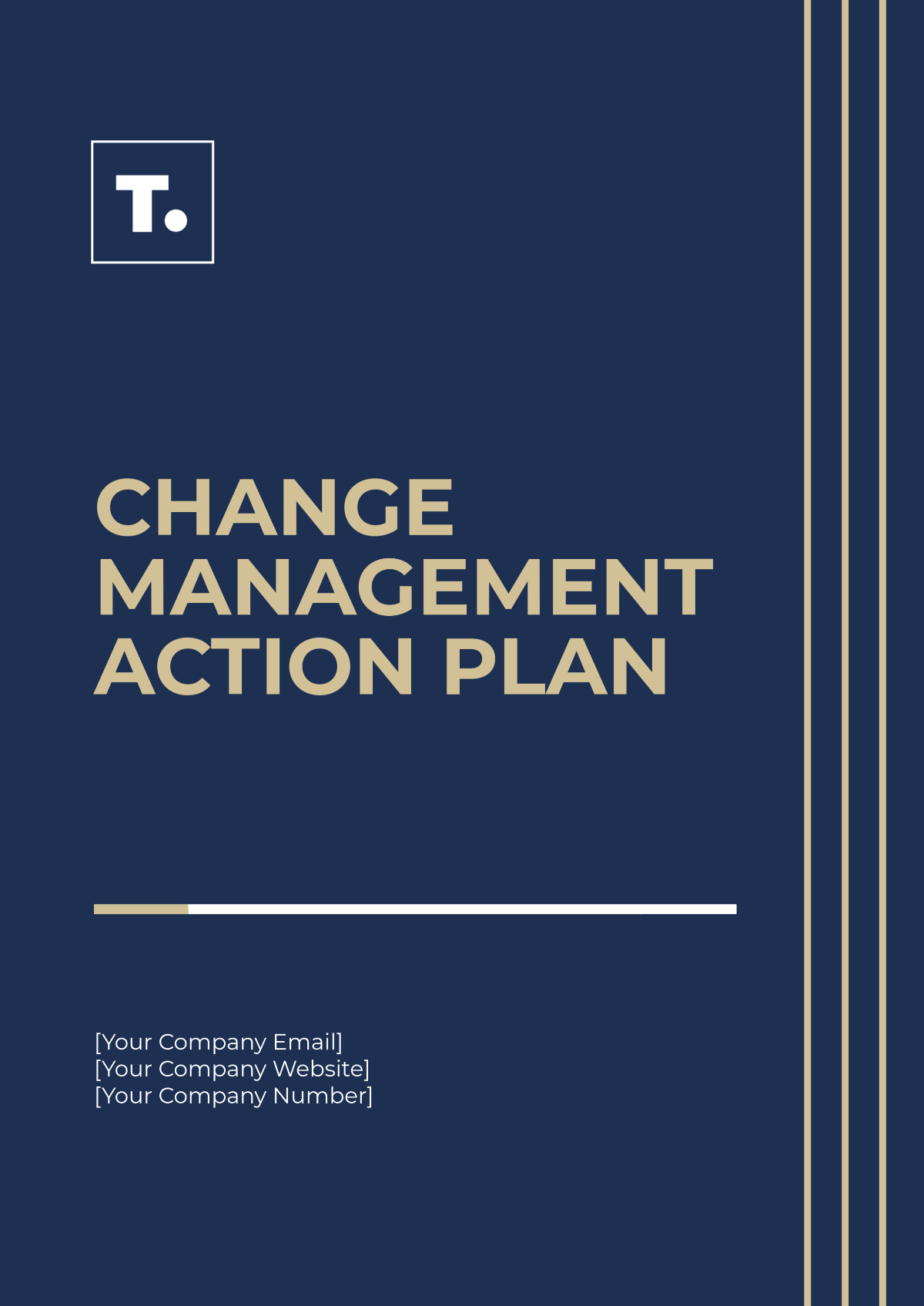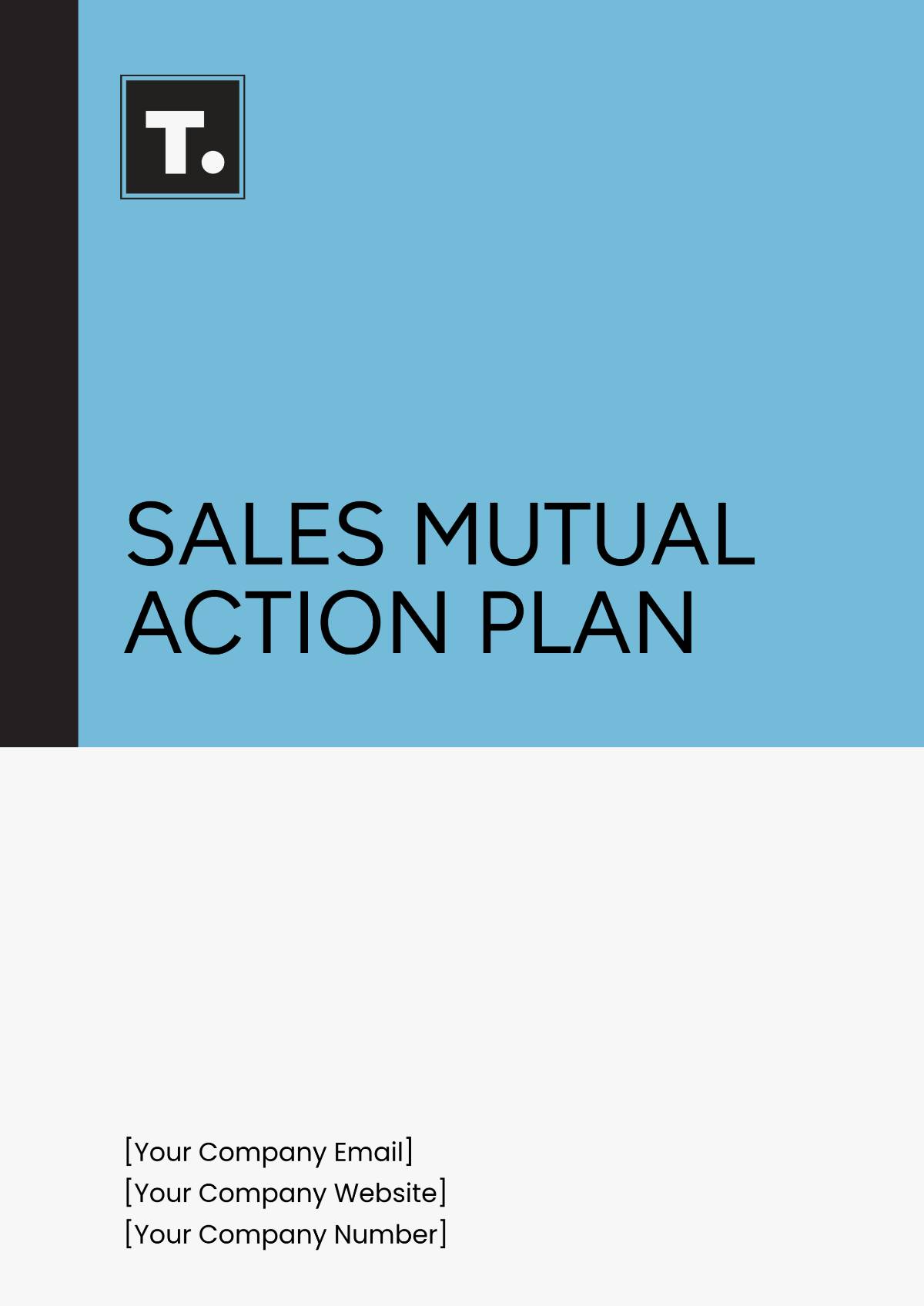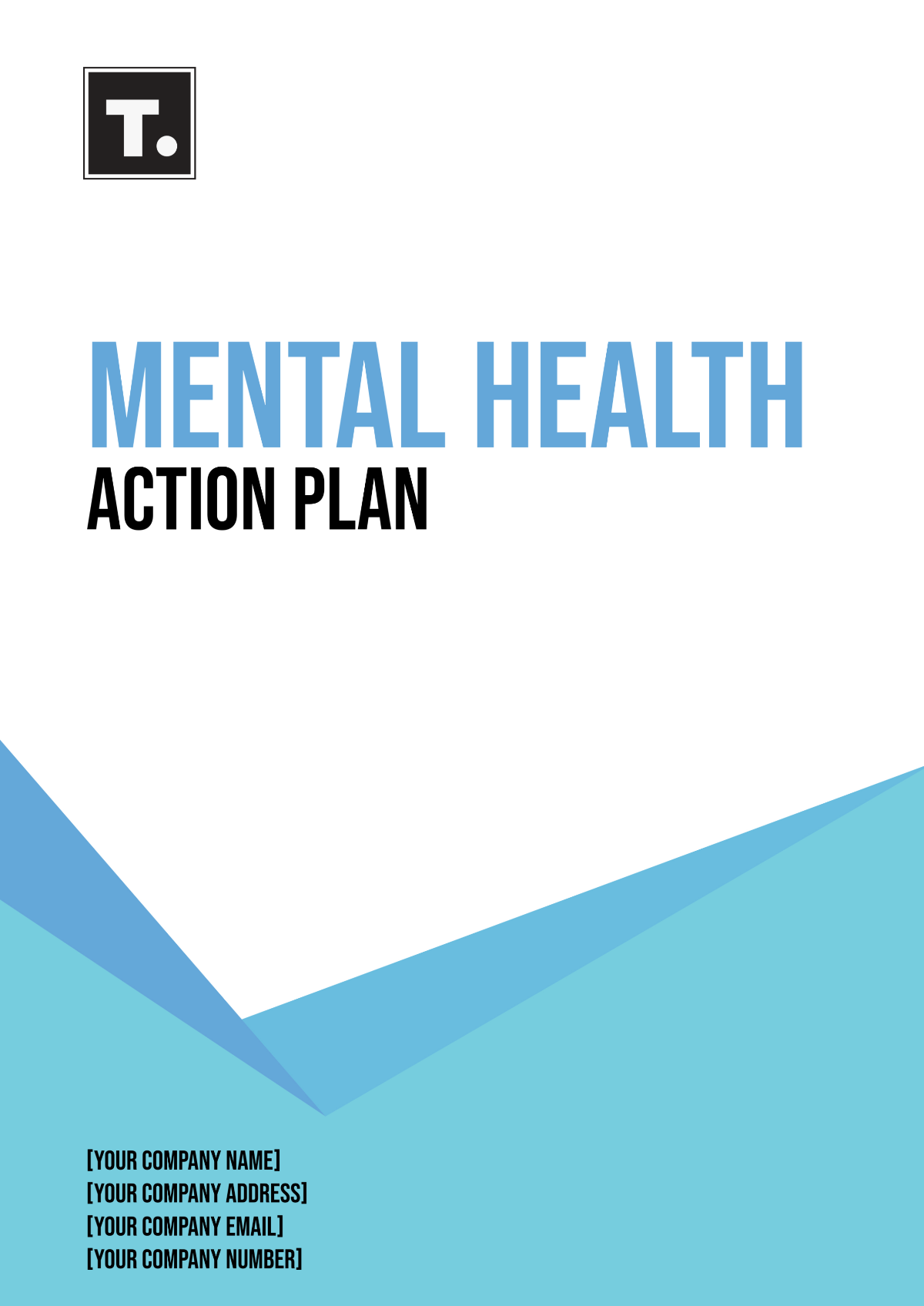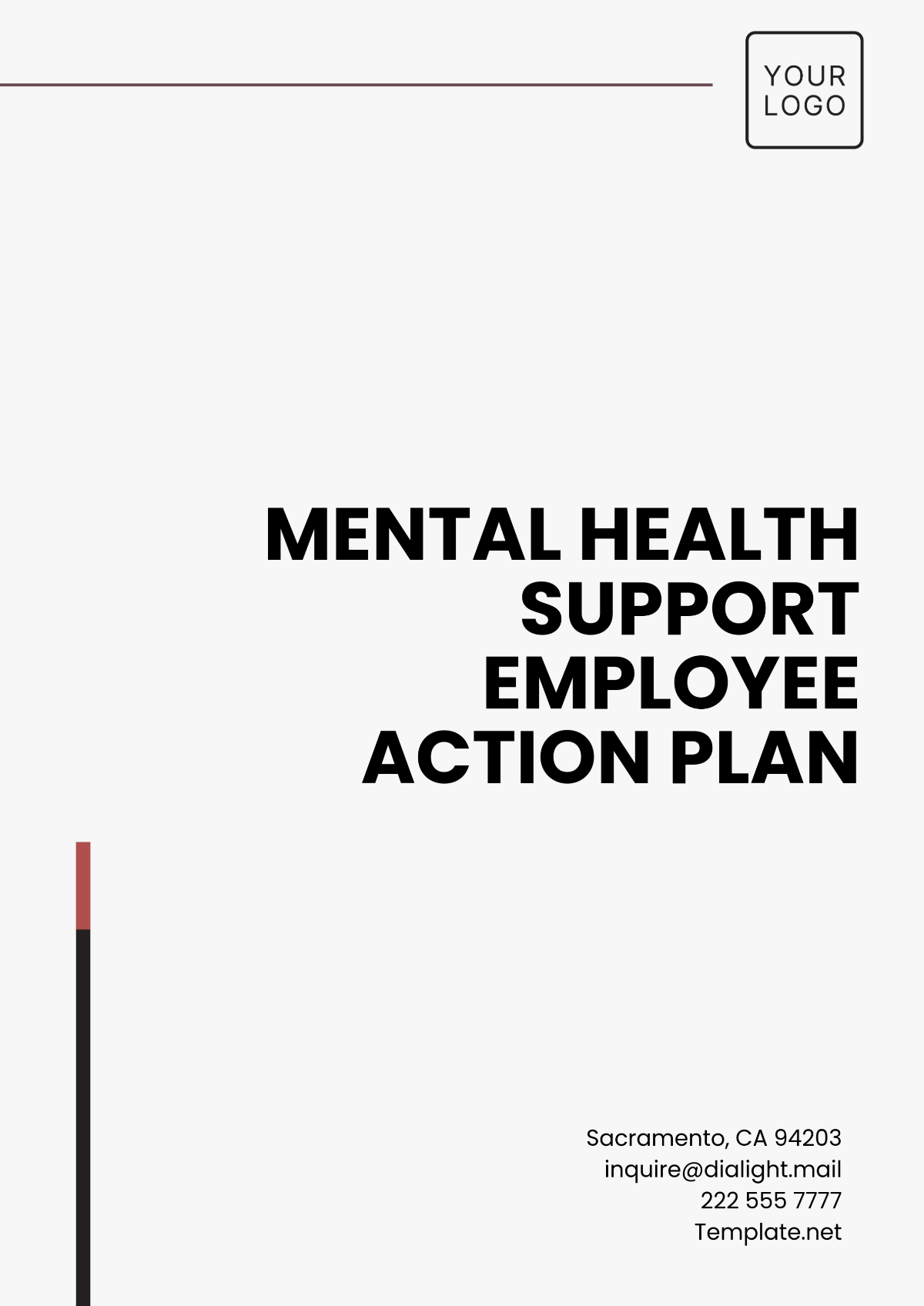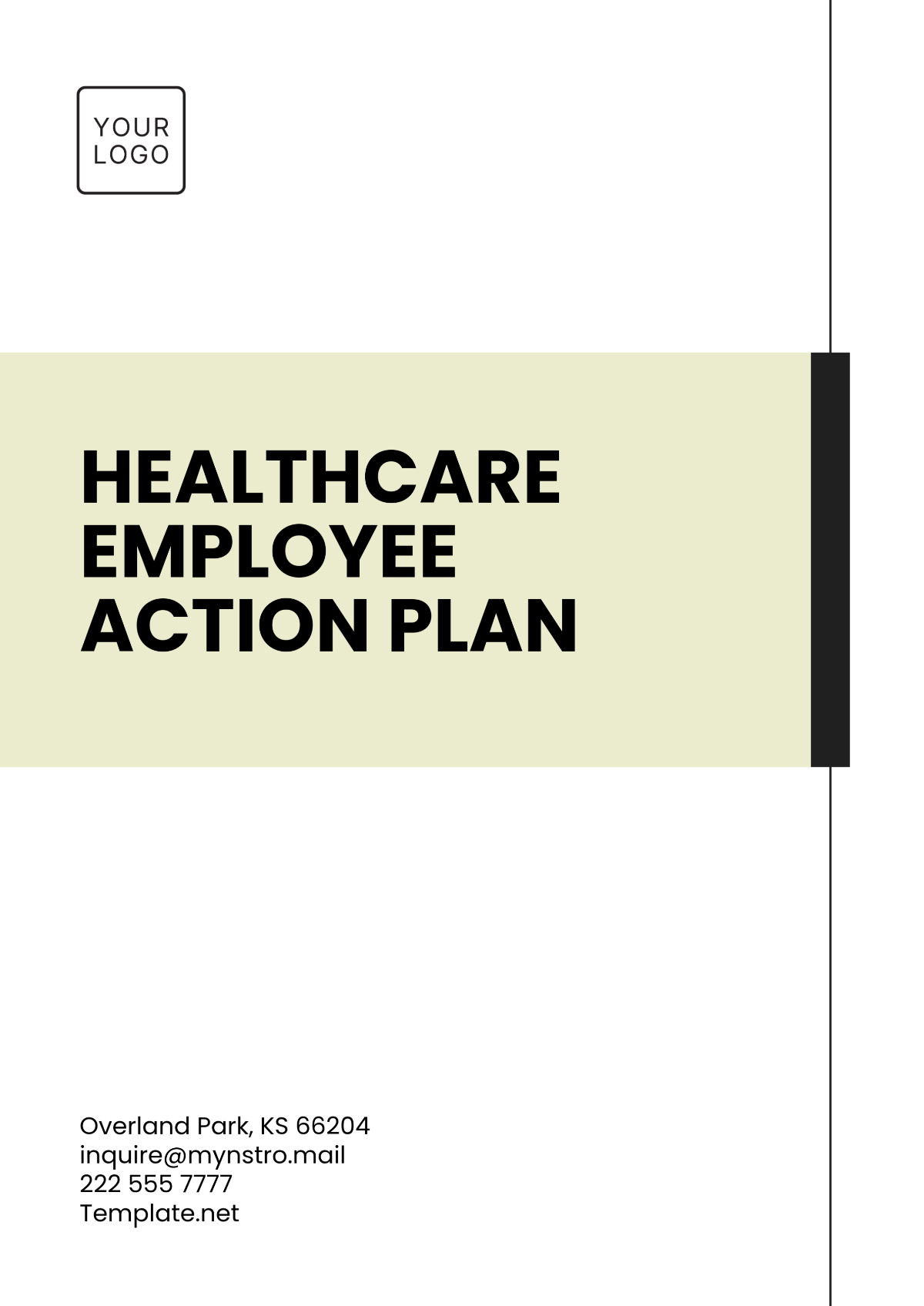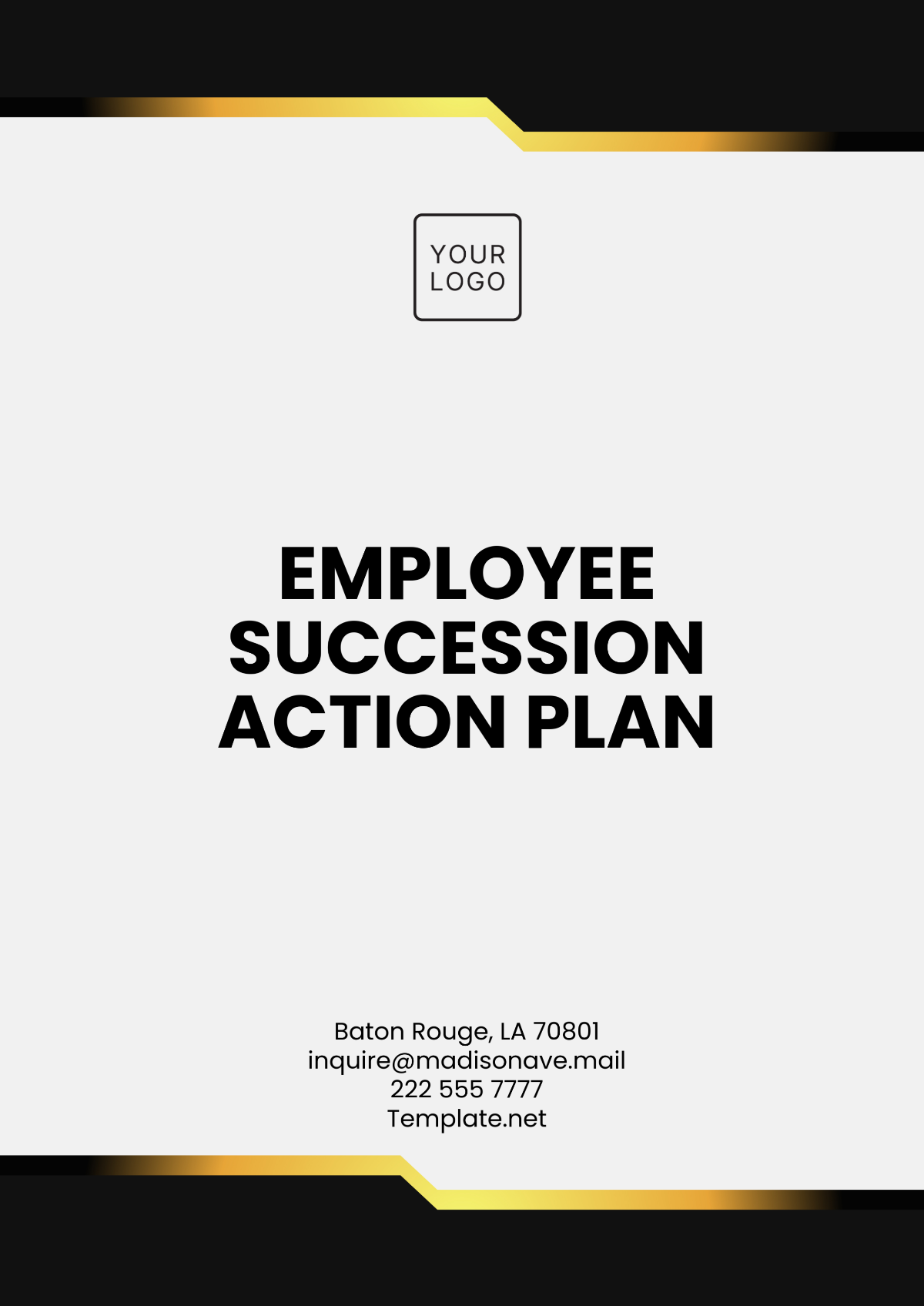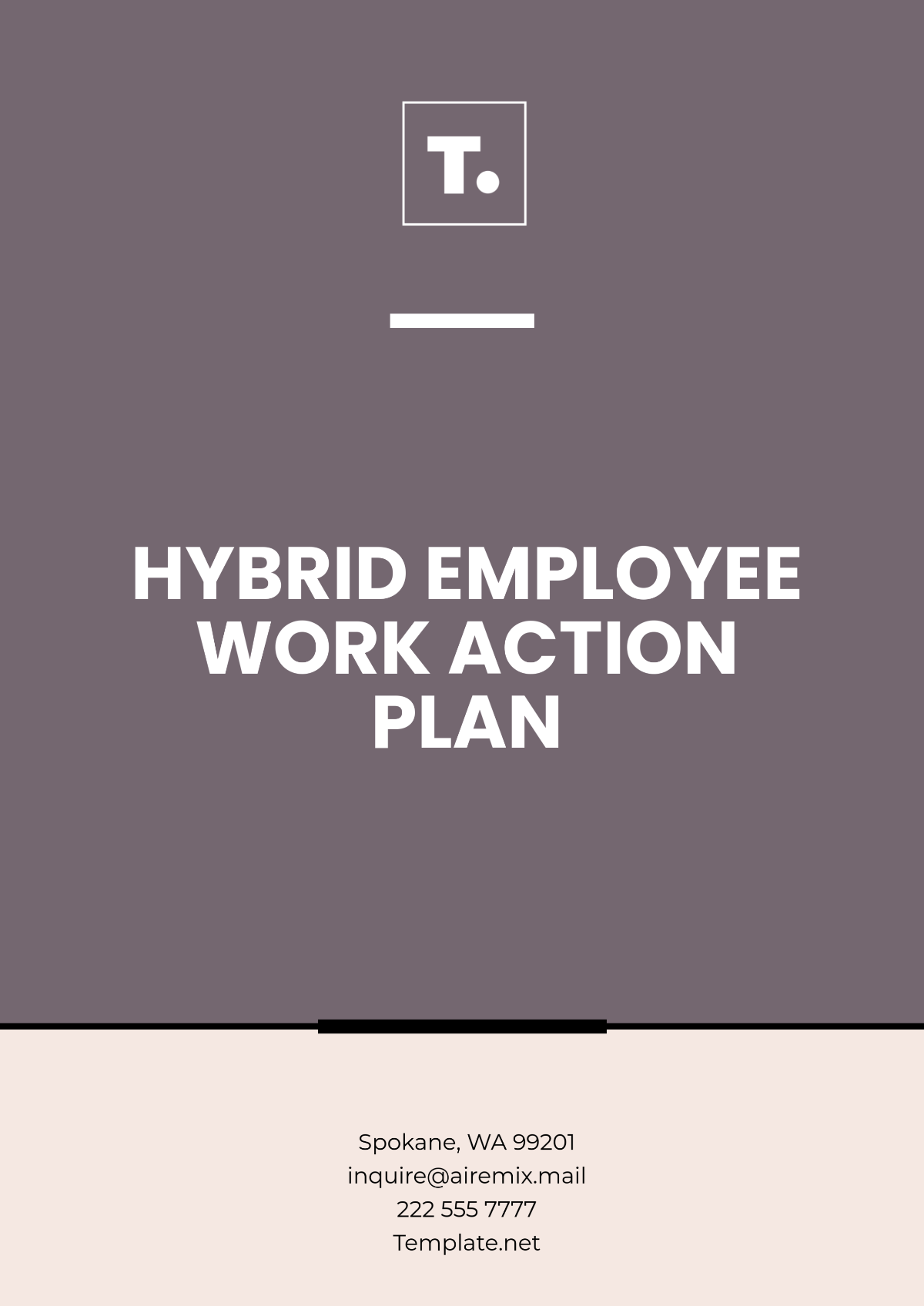90 Day Action Plan
I. Introduction
Name | [YOUR NAME] |
|---|---|
[YOUR EMAIL] | |
Company | [YOUR COMPANY NAME] |
Company Address | [YOUR COMPANY ADDRESS] |
II. Objectives
Acclimate new hires to the company culture and environment.
Ensure new hires understand their roles and responsibilities.
Help new hires become productive and integrated team members quickly.
III. Goals and Milestones
Month 1: Acclimation and Onboarding
Week 1:
Introduction to the team and company structure.
Overview of company policies, procedures, and values.
Setup of workstations and access to necessary tools and systems.
Schedule initial one-on-one meetings with the manager and team members.
Week 2:
Complete mandatory training sessions on [YOUR COMPANY NAME]'s products/services.
Begin shadowing experienced team members to understand daily workflows.
Introduction to ongoing projects and current priorities.
Week 3:
Assignment of a mentor or buddy for guidance and support.
First project assignment with clear objectives and deadlines.
Participation in team meetings and discussions.
Week 4:
Review and discuss initial project progress with the manager.
Feedback session with the mentor/buddy to address any challenges or questions.
Goal-setting for the next 60 days with input from the manager.
Month 2: Integration and Skill Development
Weeks 5-6:
Continued work on assigned projects with increasing responsibility.
Attend advanced training sessions and workshops relevant to the role.
Regular check-ins with the manager to review progress and provide feedback.
Weeks 7-8:
Begin contributing to team projects and initiatives.
Schedule a mid-point review meeting with the manager to assess integration and performance.
Identification of additional skill development areas and training needs.
Month 3: Productivity and Evaluation
Weeks 9-10:
Take ownership of individual tasks and projects with minimal supervision.
Participate in cross-functional team activities and company-wide initiatives.
Continue receiving feedback and support from the mentor/buddy.
Weeks 11-12:
Conduct a self-assessment of achievements and areas for improvement.
Final review meeting with the manager to evaluate overall performance.
Establish long-term goals and career development plans with the manager.
IV. Training and Development
Mandatory Training: Initial onboarding sessions covering company policies, safety procedures, and compliance requirements.
Role-Specific Training: In-depth training tailored to the new hire's specific role, including software, tools, and processes.
Continuous Learning: Access to e-learning platforms, workshops, and seminars to encourage ongoing skill development.
V. Mentorship and Support
Assigned Mentor: [MENTOR'S NAME], a senior team member assigned to guide and support the new hire.
Buddy System: [COLLEAGUE'S NAME], a peer-level colleague to help with day-to-day questions and integration.
Regular Check-Ins: Scheduled meetings with the mentor and manager to track progress and address concerns.
VI. Performance Metrics and Evaluation
Key Performance Indicators (KPIs):
Specific, measurable goals are set for the new hire to achieve within the first 90 days.
Project Milestones: Complete three major project milestones.
Training Assessments: Achieve a minimum score of 85% on all training assessments.
Peer Feedback: Receive positive feedback from at least three team members.
Attendance and Punctuality: Maintain perfect attendance and punctuality throughout the first 90 days.
Quality of Work: Produce high-quality work that meets or exceeds company standards.
Progress Reviews:
Weekly Reviews: Informal check-ins to discuss immediate tasks, challenges, and achievements.
Monthly Reviews: Comprehensive reviews to evaluate progress towards KPIs, discuss any obstacles, and adjust goals or strategies as needed.
End of 90-Day Review: A final evaluation to assess overall performance, integration, and readiness for additional responsibilities.
Feedback Mechanisms:
Manager Feedback: Regular feedback from the manager on performance, strengths, and areas for improvement.
Peer Feedback: Constructive feedback from colleagues to help the new hire understand team dynamics and expectations.
Self-Assessment: Opportunities for the new hire to reflect on their performance, identify their strengths and weaknesses, and set personal goals for improvement.
VII. Communication and Feedback
Open Door Policy:
Encourage open communication by allowing new hires to approach their manager or HR with any issues, questions, or suggestions.
Foster a supportive environment where new hires feel comfortable sharing their thoughts and concerns without fear of negative consequences.
Surveys and Feedback Forms:
Onboarding Survey: Conduct an initial survey within the first month to gather feedback on the onboarding process, training sessions, and initial experiences.
Monthly Feedback Forms: Distribute feedback forms at the end of each month to assess the new hire's satisfaction, challenges faced, and suggestions for improvement.
90-Day Evaluation Survey: A comprehensive survey at the end of the 90 days to evaluate the overall onboarding experience and identify areas for future enhancement.
Team Meetings:
Daily Stand-Ups: Short, daily meetings to discuss current tasks, progress, and any immediate concerns.
Weekly Team Meetings: Longer meetings to review weekly achievements, discuss ongoing projects, and plan for the upcoming week.
Monthly Department Meetings: Gather the entire department to discuss broader goals, updates, and company news.
One-on-One Meetings:
Weekly Check-Ins: Scheduled one-on-one meetings with the manager to provide personalized support, address specific concerns, and offer targeted feedback.
Bi-weekly Mentor Meetings: Regular meetings with the assigned mentor to discuss personal development, career goals, and integration into the company culture.
Communication Platforms:
Utilize internal communication tools (e.g., Slack, Microsoft Teams) to ensure new hires have easy access to team members, resources, and support.
Maintain clear and consistent communication channels for announcements, updates, and feedback.
VIII. Review and Adjustments
Weekly Check-ins:
Regularly scheduled meetings every Friday with the manager to discuss the new hire’s progress, address any immediate concerns, and guide for the upcoming week.
Discussions include reviewing completed tasks, understanding any roadblocks, and planning for upcoming assignments.
Documenting feedback and action items to ensure continuous improvement and support.
Monthly Reviews:
Comprehensive reviews at the end of each month to evaluate the new hire's progress against the established goals and milestones.
Detailed discussion on what has been achieved, areas where the new hire excelled, and areas needing improvement.
Adjustments to the plan based on the new hire’s performance, feedback from the team, and any changes in company priorities.
Feedback Mechanisms:
One-on-One Feedback Sessions: Bi-weekly sessions with the mentor to discuss progress, and challenges, and provide constructive feedback.
Team Feedback: Collecting input from team members regarding the new hire's integration and performance.
Self-Assessment: Encouraging the new hire to conduct self-assessments at the end of each month to reflect on their experiences, identify strengths, and recognize areas for improvement.
Adjustments to the Plan:
Based on the feedback and performance reviews, the action plan can be adjusted to better suit the new hire’s needs and the team’s requirements.
Possible adjustments include additional training sessions, reassignment of tasks, or changes in project responsibilities to align better with the new hire’s strengths and career goals.
Continuous dialogue with the new hire to ensure they feel supported and are on track to meet their goals.
Long-term Planning:
Towards the end of the 90 days, a comprehensive review to discuss long-term goals and career development plans.
Setting objectives for the next six months to a year, aligning the new hire's aspirations with the company’s strategic goals.
Establishing a development plan that includes further training, potential mentorship opportunities, and clear milestones for future growth.
IX. Conclusion
This 90-day Action Plan is designed to ensure that new hires at [YOUR COMPANY NAME] are well-supported, understand their roles, and quickly become productive members of the team. By following this structured approach, we aim to create a positive onboarding experience that sets the foundation for long-term success and engagement within the company.

